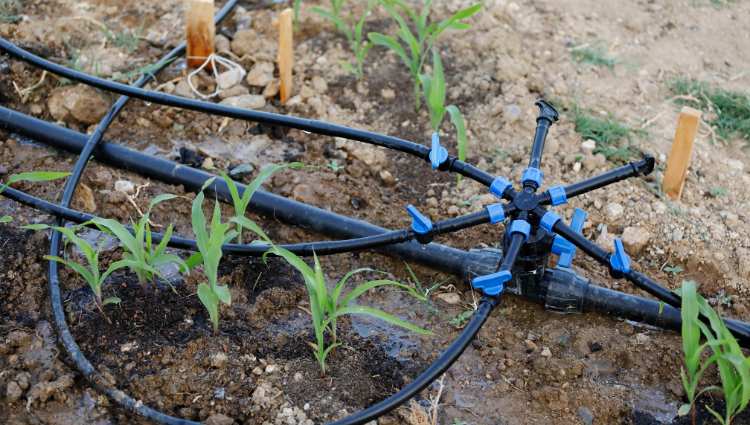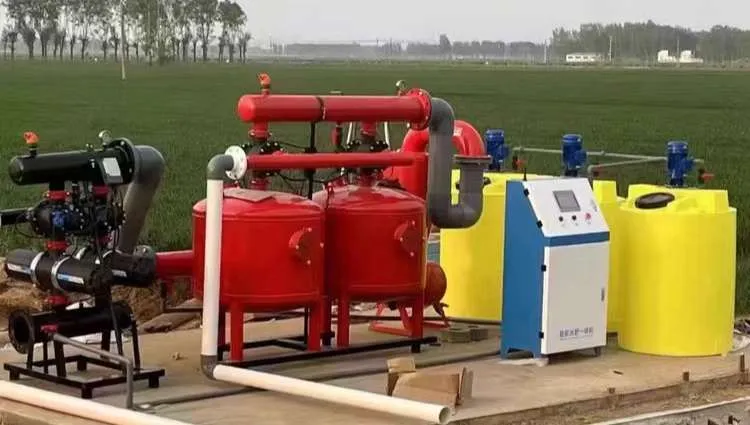Tabla de contenido
Ya sea para ingenieros o estudiantes, Comprender los sistemas de tuberías implica inevitablemente comprender sus especificaciones.. Entre estos, El tamaño es uno de los parámetros más básicos e importantes..
Cuando hablamos del tamaño de una tubería, podríamos pensar simplemente que se refiere a su diámetro. Pero de hecho, no es tan simple. Esto se debe a que existen muchos tipos diferentes de tuberías, con distintos materiales., propósitos, espesores de pared, y así sucesivamente, lo que significa que no podemos describir su tamaño de una manera única para todos..
Esta publicación explicará los conocimientos relevantes sobre el tamaño de la tubería., como por ejemplo cómo se expresa el tamaño, unidades utilizadas, tablas de conversión, y más.
Formas de expresar el tamaño de la tubería
Hay varias formas de expresar el tamaño de la tubería.. A menudo vemos estas letras y símbolos.: «Dn»,»DE», «IDENTIFICACIÓN», «NPS», «Φ». Todos estos se pueden utilizar para indicar el tamaño de la tubería., pero hay algunas diferencias entre ellos. Próximo, Te los explico uno por uno..
Diámetro nominal
Se abrevia como «Dn». Mucha gente cree erróneamente que se refiere al diámetro real de la tubería., pero esto es un malentendido. El diámetro nominal no es el diámetro real o estándar, ni es el diametro exterior o interior. En realidad, es un estándar de denominación comúnmente utilizado para tamaños de tuberías en Europa y Asia.. Dado que existen muchos tipos de tuberías y accesorios, como varios conectores, válvulas, bridas, y así sucesivamente: se necesita un estándar de tamaño unificado para definirlos claramente. Eso es lo que es el diámetro nominal.. Puede considerarlo como una convención de la industria para referirse al tamaño de la tubería..
Diámetro exterior y diámetro interior
El diámetro exterior se abrevia como «DE», y el diámetro interior se abrevia como «IDENTIFICACIÓN». Compararlos uno al lado del otro hace que sean más fáciles de entender.. Los conceptos de diámetro exterior y diámetro interior existen porque las tuberías tienen espesor de pared., y cuando calculamos las dimensiones de la tubería con precisión, El espesor de la pared nunca debe ignorarse..
El diámetro exterior es el diámetro del borde más exterior de la tubería., y el diámetro interior es el diámetro exterior menos el espesor de la pared. Como se muestra en el siguiente diagrama, L1 es el diámetro exterior, L2 es el diámetro interior, y L3 es el espesor de la pared. La relación entre ellos se puede expresar con la fórmula: L1 = L2 + L3× 2.
Por ejemplo, si el diámetro exterior de la tubería es de 50 mm y el espesor de la pared es de 2 mm, entonces su diámetro interior sería 50 – 2 × 2 = 46mm.

Tamaño nominal de tubería
Se abrevia como «NPS». Similar a DN, También es un nombre estándar de la industria para el tamaño de tubería., en lugar de referirse a un diámetro exterior o interior específico. Sin embargo, Se utiliza comúnmente en el sistema estándar americano. (ASME/ANSI).
Φ
Este símbolo generalmente se refiere al diámetro exterior de una tubería.. Dado que los tubos que utilizamos habitualmente son redondos., su diámetro exterior se puede representar por «Φ».
Por ejemplo, si vemos «Φ100», significa que el diámetro exterior de la tubería es 100 milímetros. si vemos «Φ100×4», significa que el diámetro exterior es de 100 mm y el espesor de la pared es de 4 mm.
Unidades de tamaño de tubería
Las unidades de tamaño de tubería generalmente se dividen en unidades métricas y unidades imperiales.. Para unidades métricas, La unidad más utilizada a nivel internacional es el milímetro. (milímetros). Para unidades imperiales, La unidad más utilizada a nivel internacional es la pulgada. (pulgada/»). La conversión entre ellos es: 1 pulgada = 25.4 milímetros.
En general, DN usa milímetros como unidad, mientras que NPS usa pulgadas como unidad.
Para dar un ejemplo, si vemos DN80, significa que el diámetro nominal de la tubería es 80 milímetros. Pero por favor tenga en cuenta, Este número no significa que el diámetro exterior o interior real de la tubería sea exactamente 80 milímetros.
Si vemos NPS 3″, significa que el tamaño nominal de la tubería es 3 pulgadas. Pero de nuevo, tenga en cuenta, Este número no significa que el diámetro exterior o interior real de la tubería sea exactamente 3 pulgadas.
Tabla de conversión de tamaños de tuberías
Los conceptos de diámetro exterior y diámetro interior son fáciles de distinguir. Pero para DN y NPS, algunas personas todavía pueden tener dificultades para comprenderlos completamente. Entonces, para ayudar a profundizar su comprensión, He creado una tabla comparativa de DN., NPS, DE, y documento de identidad. Consultando la siguiente tabla, Puede comprender mejor las relaciones entre ellos y cómo realizar conversiones entre ellos..
Tenga en cuenta que los diámetros interiores enumerados en la tabla son valores aproximados.. Esto se debe a que las tuberías varían en cuanto a espesor de pared y tipo, por ejemplo, Tuberías, Tuberías de PVC, tubos de acero, etc.. — y sus espesores de pared y estándares son diferentes. Por lo tanto, por conveniencia, He usado valores aproximados en la tabla.. Si necesitas datos detallados, no tener en cuenta contáctanos.
| Tabla de conversión de tamaños de tuberías (Dn, NPS, DE, IDENTIFICACIÓN) | |||
| Diámetro nominal(milímetros) | Tamaño nominal de tubería(«) | Diámetro externo(milímetros) | Diámetro interior aproximado(milímetros) |
| 15milímetros | 1/2″ | 21.25milímetros | 15milímetros |
| 20milímetros | 3/4″ | 26.75milímetros | 20milímetros |
| 25milímetros | 1″ | 33.5milímetros | 25milímetros |
| 32milímetros | 1-1/4″ | 42.25milímetros | 32milímetros |
| 40milímetros | 1-1/2″ | 48milímetros | 40milímetros |
| 50milímetros | 2″ | 60milímetros | 50milímetros |
| 65milímetros | 2-1/2″ | 73milímetros | 64milímetros |
| 70milímetros | 2-1/2″ | 75.5milímetros | 70milímetros |
| 80milímetros | 3″ | 88.5milímetros | 80milímetros |
| 100milímetros | 4″ | 114milímetros | 106milímetros |
| 125milímetros | 5″ | 140milímetros | 131milímetros |
| 150milímetros | 6″ | 165milímetros | 156milímetros |
| 200milímetros | 8″ | 219milímetros | 207milímetros |
| 250milímetros | 10″ | 273milímetros | 259milímetros |
| 300milímetros | 12″ | 325milímetros | 309milímetros |
| 350milímetros | 14″ | 377milímetros | |
| 400milímetros | 16″ | 426milímetros | |
| 450milímetros | 18″ | 478milímetros | |
| 500milímetros | 20″ | 529milímetros | |
| 600milímetros | 24″ | 630milímetros | |
| 700milímetros | 28″ | 720milímetros | |
| 800milímetros | 32″ | 820milímetros | |
Conclusión
A través de este artículo, ahora debería tener una comprensión clara de lo que «Dn», «DE», «IDENTIFICACIÓN», «NPS», y «Φ» cada media, así como sus relaciones de conversión. Espero que el contenido de este artículo sea útil para todos..
Finalmente, Me gustaría presentar a nuestra empresa. Rainfaun es un fabricante de productos de riego con sede en China. Producimos y exportamos Productos de riego por goteo, productos para rociadores, tubería, guarniciones, y más. Puedes encontrar información Acerca de Rainfaun y nuestros productos En este sitio web.
Si tienes alguna pregunta o te gustaría colaborar con nosotros, puede haga clic aquí Para completar el formulario.
Autor: Miguel
Editor: Miguel
Revisor de contenido: Miguel







